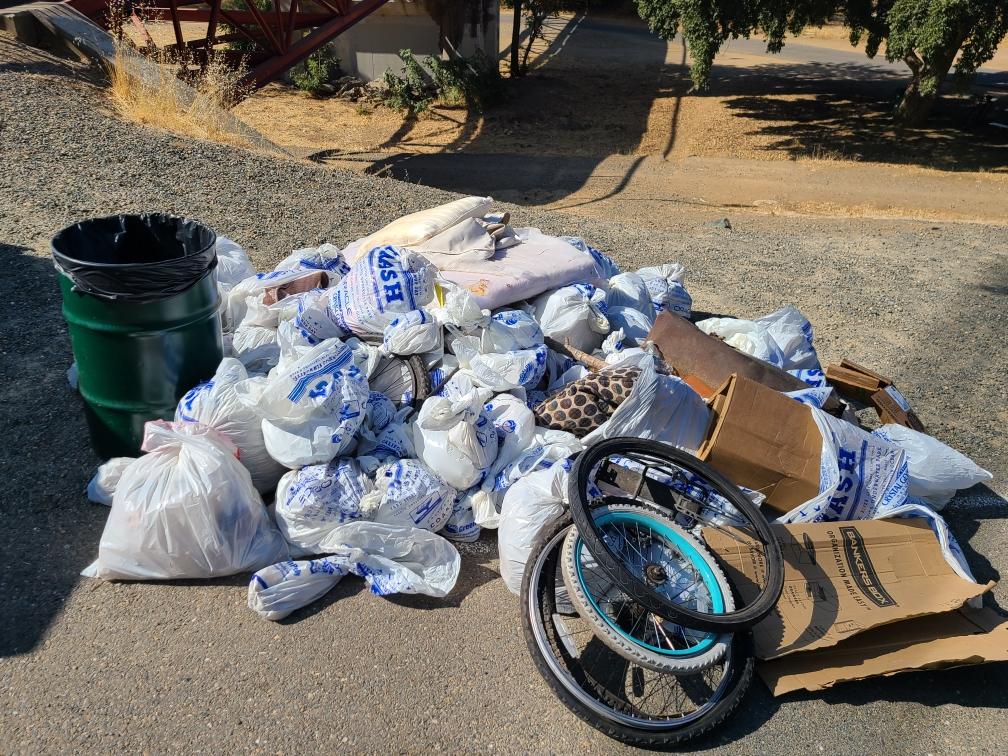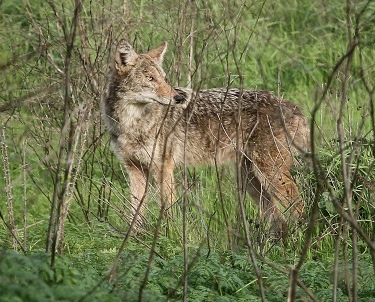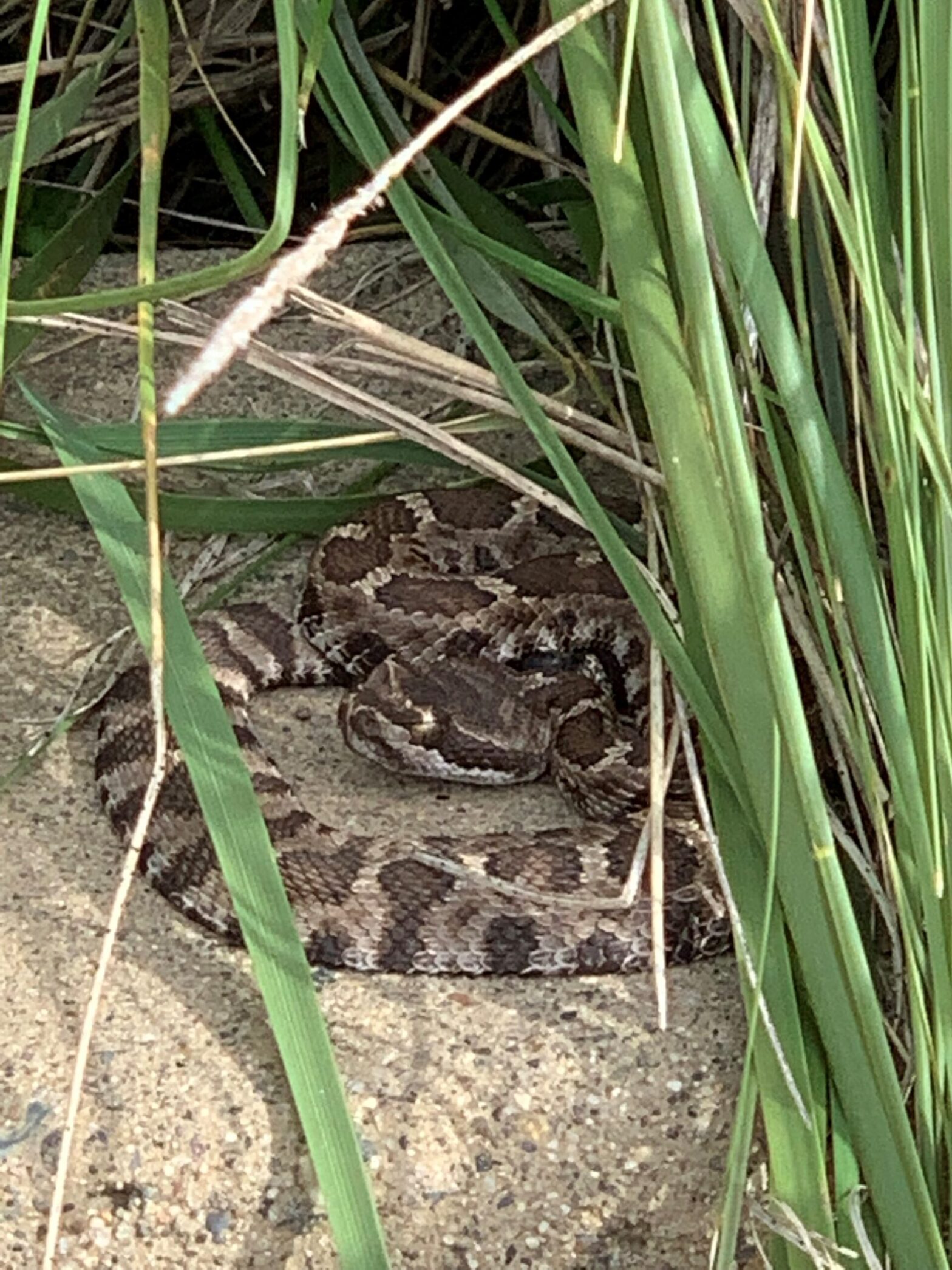When will enough be enough?That is the question we’ve been asking officials and Supervisors with the County of Sacramento since submitting our Demand Letter in January. Over the past three years, the illegal camping situation has worsened with more than 2,000 campers now living on the Parkway. That has led to a deterioration in environmental, public health and humanitarian conditions, which has a devastating effect on the Parkway and the people living on it. We need your help pressing our leaders for answers and solutions! County Supervisors hold regular public meetings and we encourage you to attend and ask: What is the timeline for establishing more shelter space, especially for those living on the Parkway? How will the $25 million that is coming from the state be allocated to benefit the Parkway? What is the plan for using the federal funding from the America Rescue Plan? We now have ordinances in the County that prevent illegal camping on the Parkway. When will they be enforced? Millions of dollars are being allocated to address homelessness in the County. Where are the results? Where are the shelters? What is the latest on the partnership with the City of Sacramento, including the signing of the MOU? The next opportunity is Sup. Rich Desmond’s community meeting tomorrow night (Oct. 6) at 6 p.m. It’s taking place at the Gibbons Park, Mission Oaks Community Center located at: 4701 Gibbons Drive Carmichael, CA 95608 Please attend and make your voice heard!
- Phone: (916) 486-2773
- info@arpf.org
- give to arpf
- Join/Renew
- email signup



